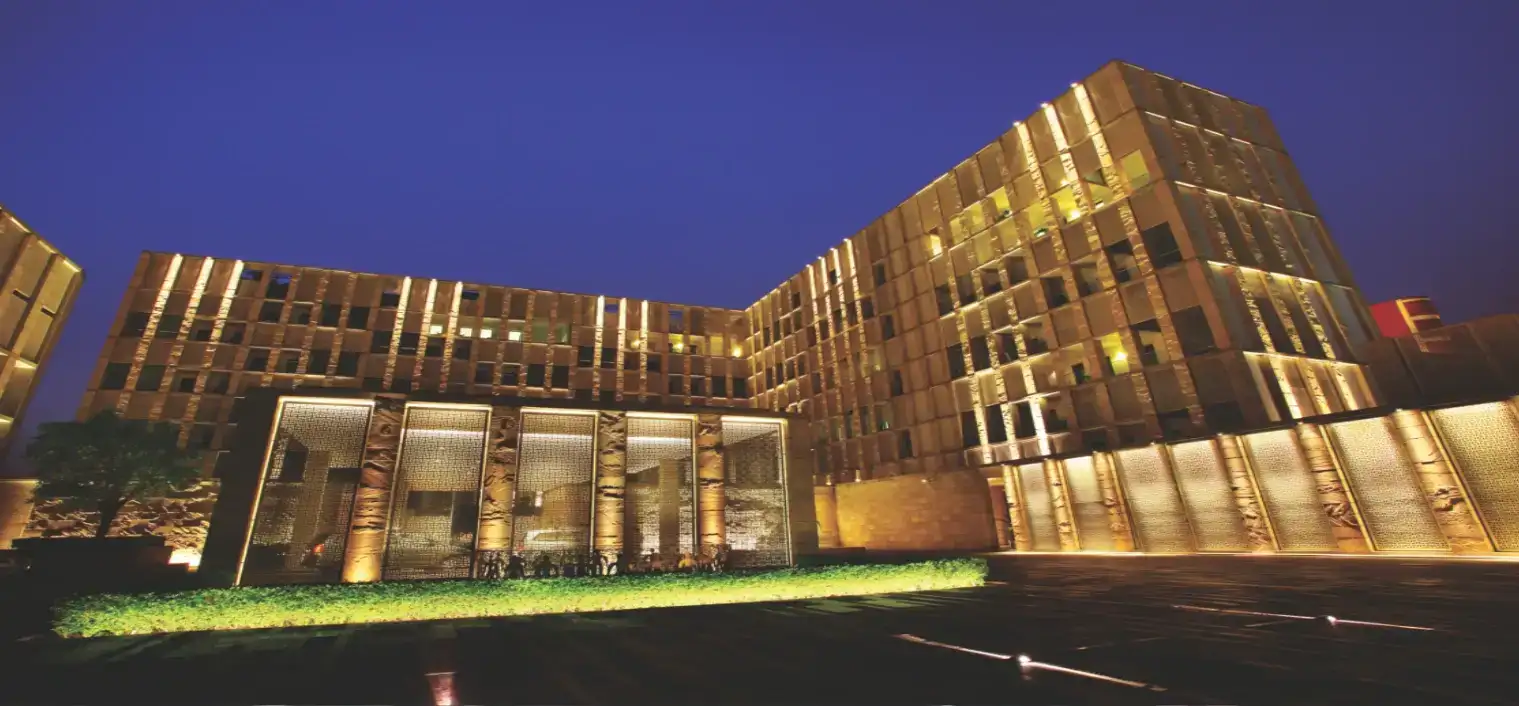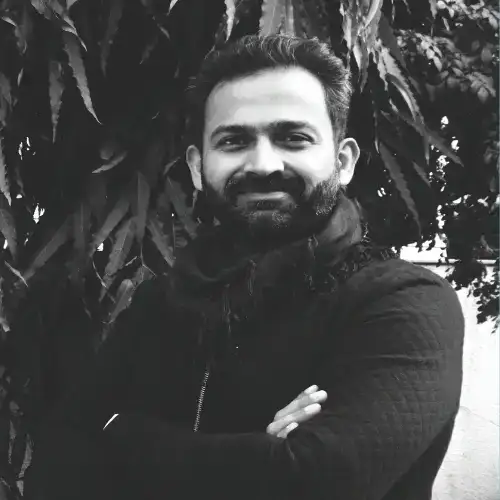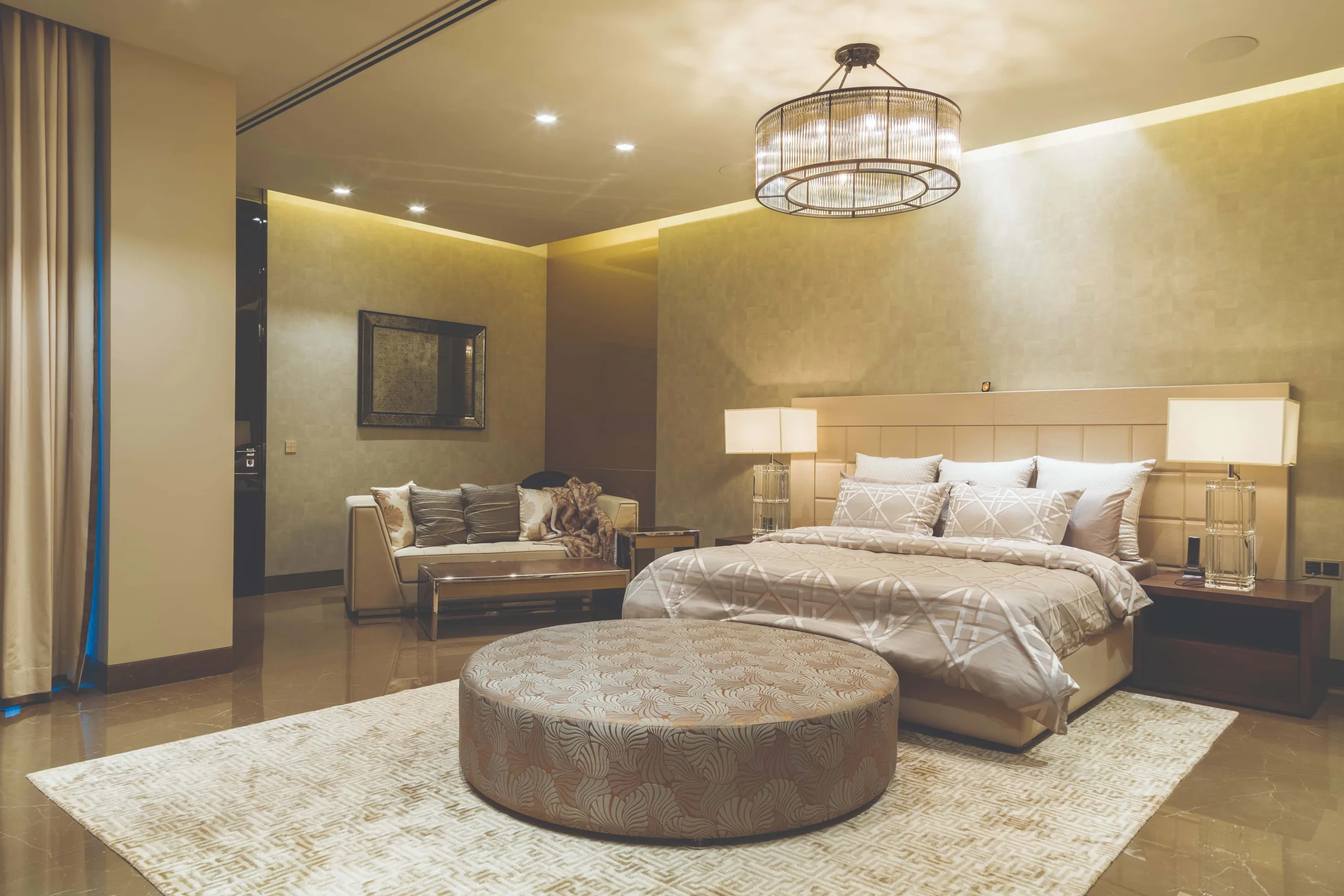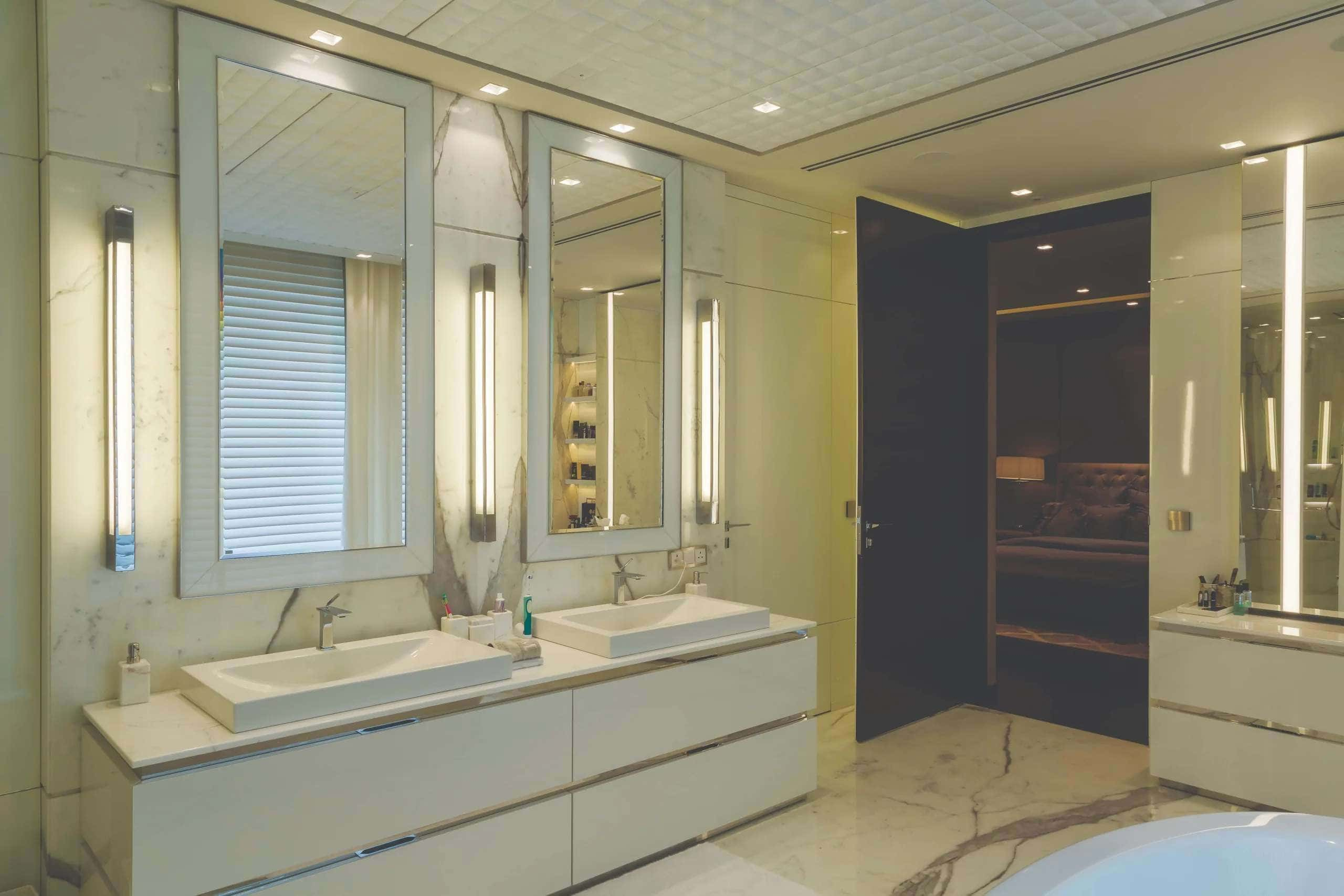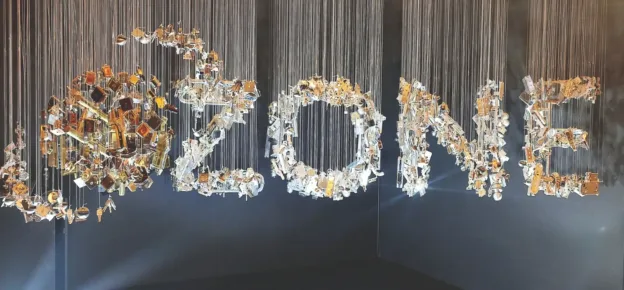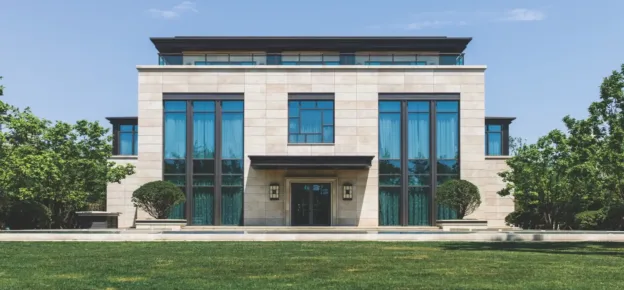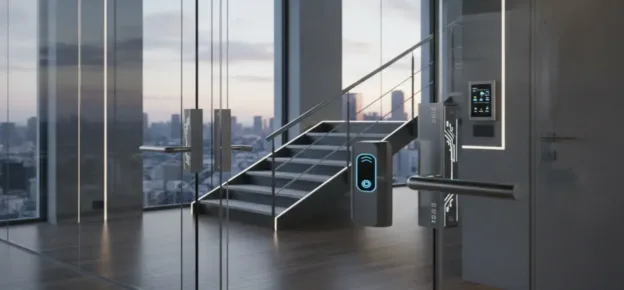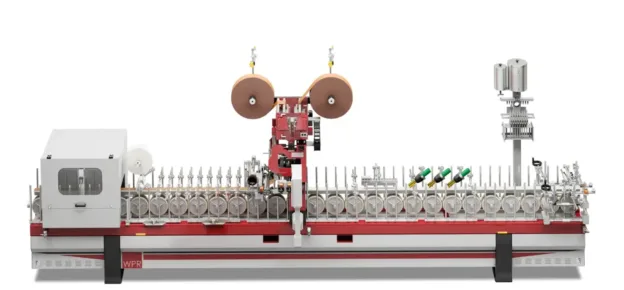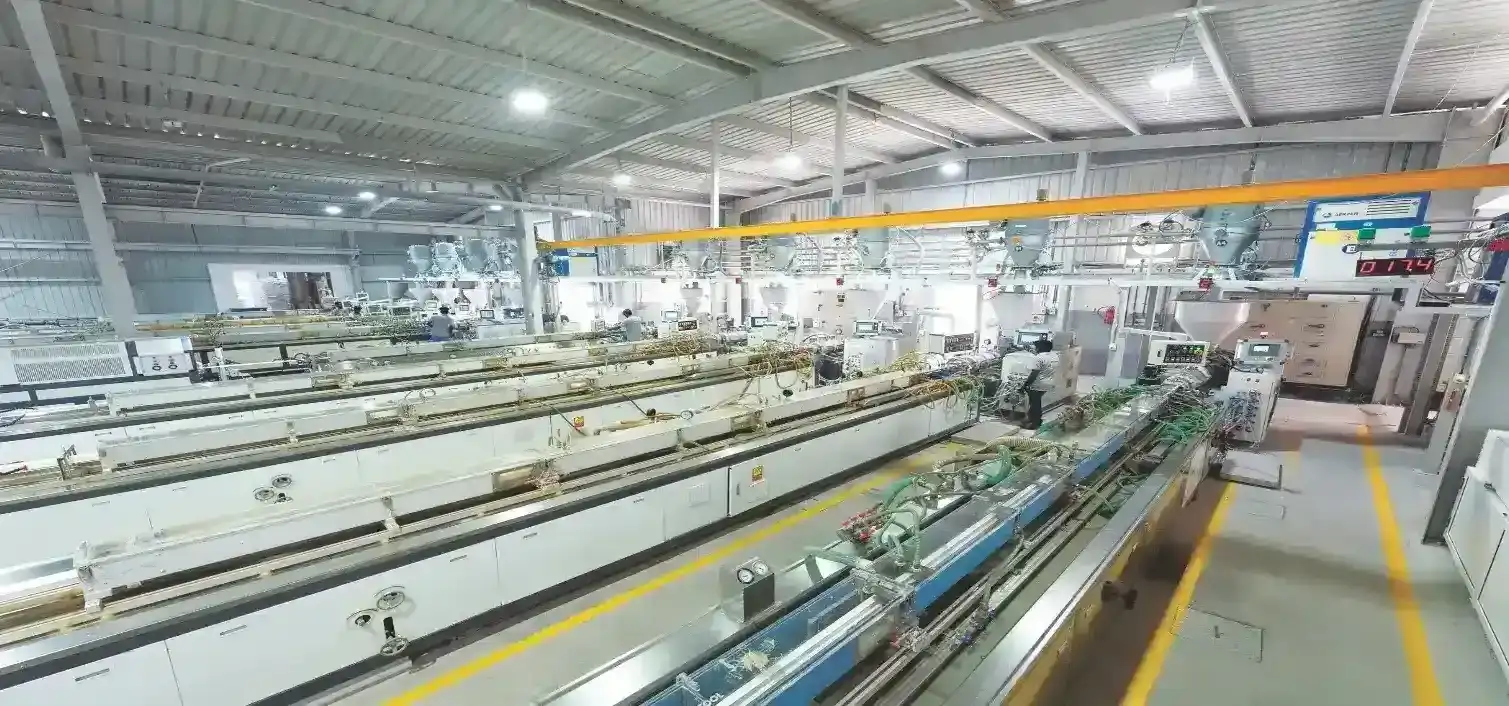The advent of post-pandemic times has shown a constant need to rediscover methods of business. In the world of design and technology, there is a growing need for innovation in innovative façade design. Lighting as a design element has undergone several iterations to discover which type of lighting design suits residential, hospitality, commercial and retail spaces best.
Gone are the days of designing lighting that was conceptualised with the sole intention of brightly illuminating products on display; Lighting for retail is now used as a marketing tool to accentuate the aesthetic of the brand and its visual identity. Façade lighting intends to attract customers to peruse the space and increase footfall, thereby increasing the probability of drawing sales. It is, in fact, an effective marketing tool, albeit underrated, to build brand identity. When it comes to hotels and hospitality projects, lighting makes spaces look warm and welcoming and sets off the initial impression of the hospitality experience.
Façades are designed to be attractive, multi-functional and versatile. Halide lamps are often used to create a fine graze of light over the exterior of the project to accentuate architectural elements. The target is to elevate the hospitality experience and paint the project in a light that makes it memorable and encourages customers to their frequent visits. Crucial elements to consider are:
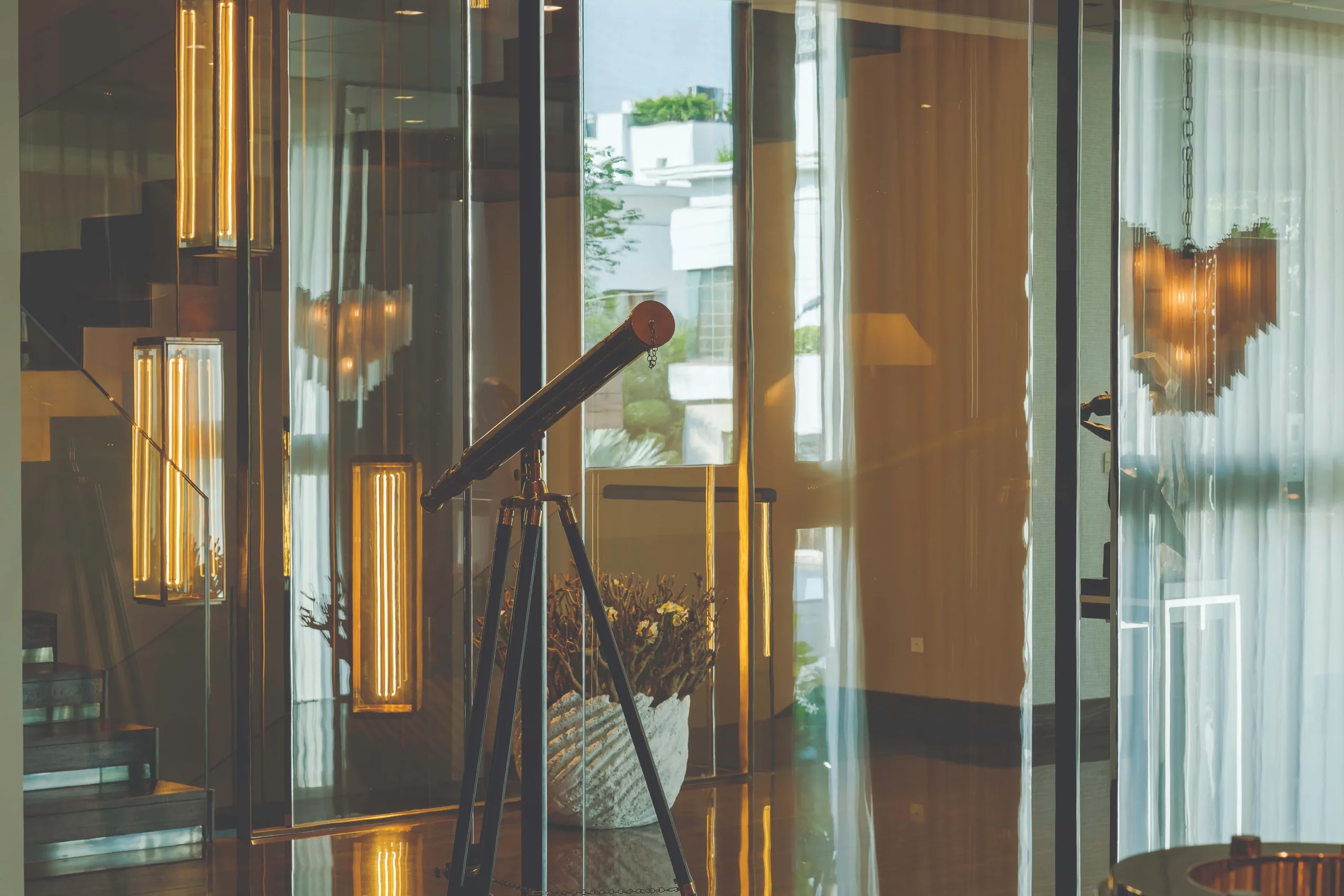
Trends In Hotel Façades
Light and art can be integrated to highlight façades and equipped with LED profiles in order to throw a uniform wash of light on the wall or accentuated through museum-grade fixtures with specific inbuilt optics. Human-centric lighting is a widely accepted and implemented trend as lighting adapts to change to serve diverse needs. It must complement the materials, textures and architectural elements used in the hotel design. As the day transitions into the evening and then night, lighting must adapt to its ambience by assigning add-ons that make this shift in mood seamless and look massively different despite being a singular exterior.
Quality Of Lighting Fixtures
Since lighting should be integrated with the architecture of a project, conceptualising lighting in environments is now more design-intensive. The value of good quality fixtures never goes unnoticed; the longevity of illumination is ensured by using high-end fixtures that promise durability and aesthetic appeal. Energy efficiency is the need of the hour, and it is economical and beneficial to hotels in the long run. Metal halide lights, for example, cover large spans in a light graze. They are far more energy-efficient than CFLs or halogens, but are pricey upon installation and take time to light up. The newer range of CFLs has features such as instant-on and excellent colour rendition, which shows the growth in the market. However, LEDs are still one of the most viable options for retail lighting, as they are efficient and save on electrical bills as well. They are quick to light up with the click of a button and safe to use in the long run because they do not heat up as quickly as their alternatives. Most fluorescent lights do not provide a dimming option, a feature available with LEDs. The latest technology in LED lighting is minimal energy wastage, with maximum efficiency output.
Brand Identity
It is important to build a unique brand identity for a hospitality space. Some lighting concepts have concealed fixtures that only focus on a message or design detail. It can be integrated with other details to enhance the ambience, and only its effects are visible. The ambience then further influences how one views the space through layered light. Colour rendition is always a priority for any residential, hospitality or commercial project. Hence, metal halides are preferred depending on the exterior definition of the façade.
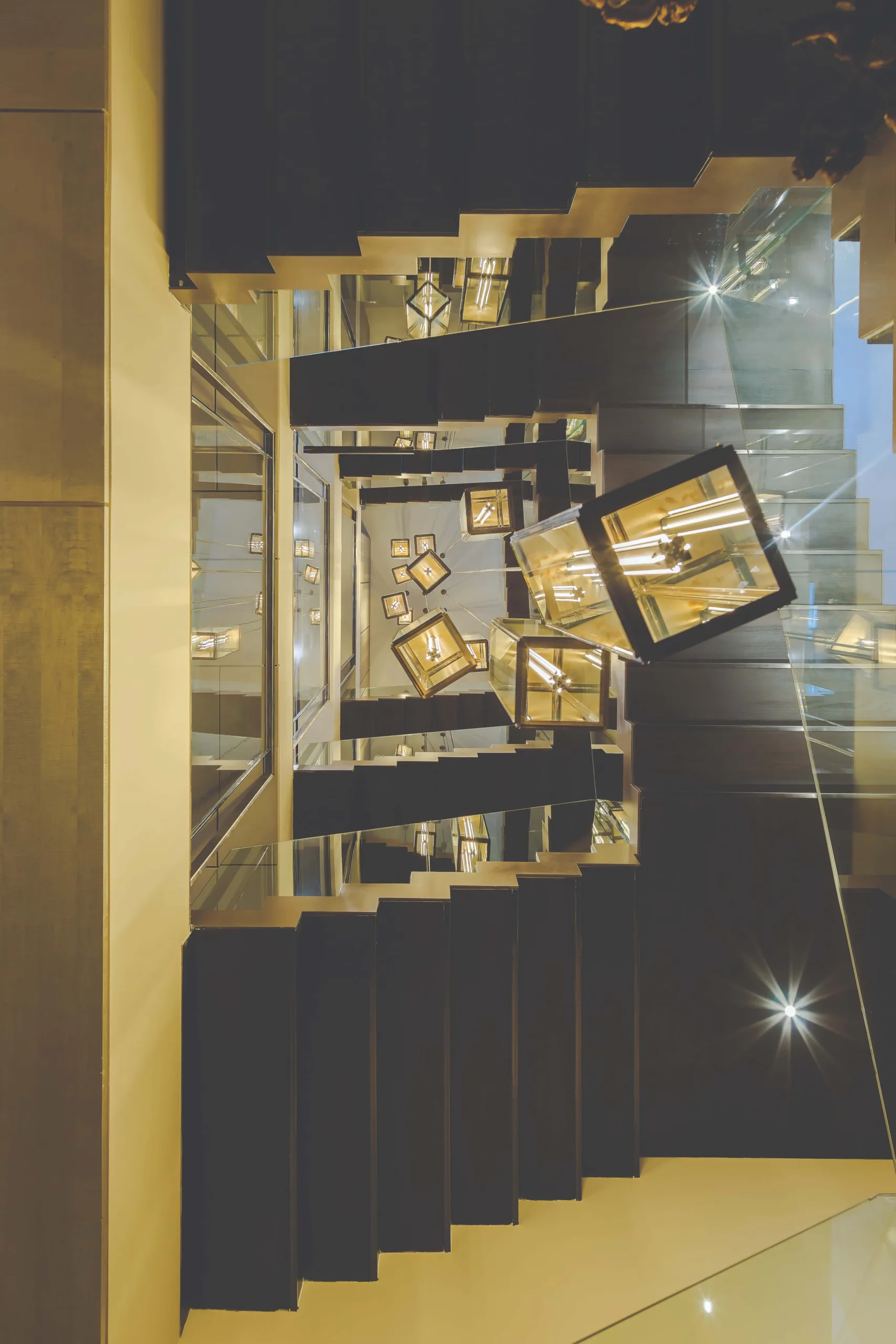
Media Façades
Some hotels and retail establishments opt for digital façades to make a bold statement and customise them to portray a direct message. They can be used for marketing and advertising by displaying a message or graphic on the media façade. In terms of design aesthetics and physical presence, they can significantly impact the brand identity of the setup. The urban nightscape is enhanced with every project that features innovative media façades. Dynamic lighting using colour-changing LEDs is widely available but carefully executed by the lighting designers to not look excessive, showing the importance of impactful design.
Juxtapose Light And Material
Creating pockets of contrast between high luminous beams of light and walls will draw attention specifically to where it is desired. This is a different take on lighting than generally illuminating the whole space. The colour temperature and tone of the light must match the tone of the product for the necessary impact. Due to extended operating hours and their versatile nature in colour rendering, LEDs again become a popular choice for lighting up most projects. Using the right tools and hiring the right consultants will help decode the world of lighting. Real estate on building façades is valuable, and investing in good-quality fixtures and intelligent space planning, together with lighting as a design element, can do wonders for any structure.
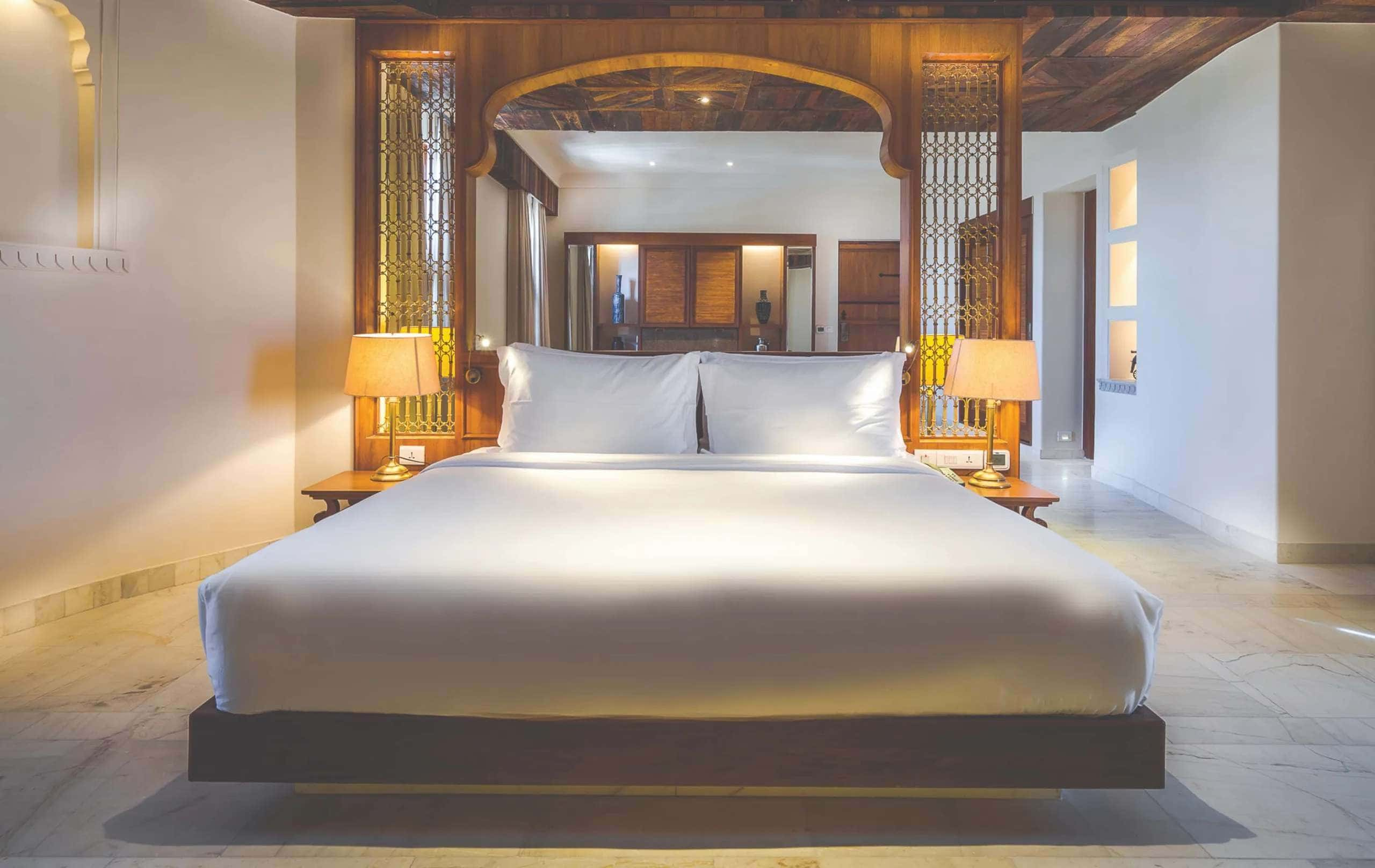
A Holistic Experience
Investing in wireless lighting controls has seen more action in recent times, as it is a means to combine lighting controls simultaneously with occupancy sensors. Advanced lighting control systems instantly change intensities, combinations, and colours. The objective of façade lighting is to accentuate architectural details, edges and materials while highlighting key features. Illumination is kept flexible for varied occasions to provide versatility in lighting design. Moreover, it must match the client’s aspirations and budget. Ease of access and minimal maintenance are crucial features of successful façade lighting. The takeaway is to invest in durable and robust technology since lighting for façades often involves installation at heights that are hard to reach. Tastefully designed façades are far more impactful than one would have articulated!
Case Study: |
| 1: A Fortress With Layers Of Light Alila Fort, Bishangarh |
| 2: A Monumental Renovation: Exploring Lighting Design in Heritage Hotels The Lodhi, New Delhi |
